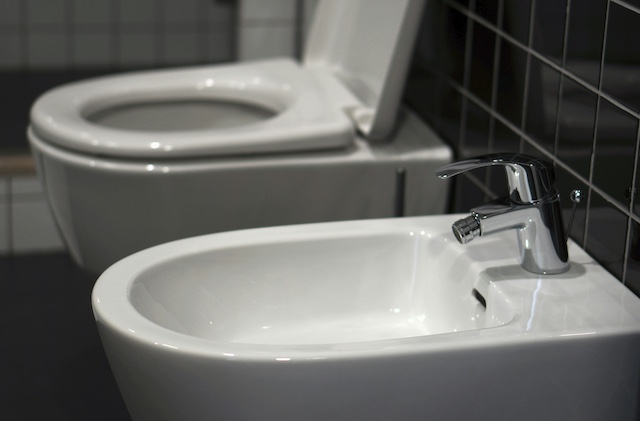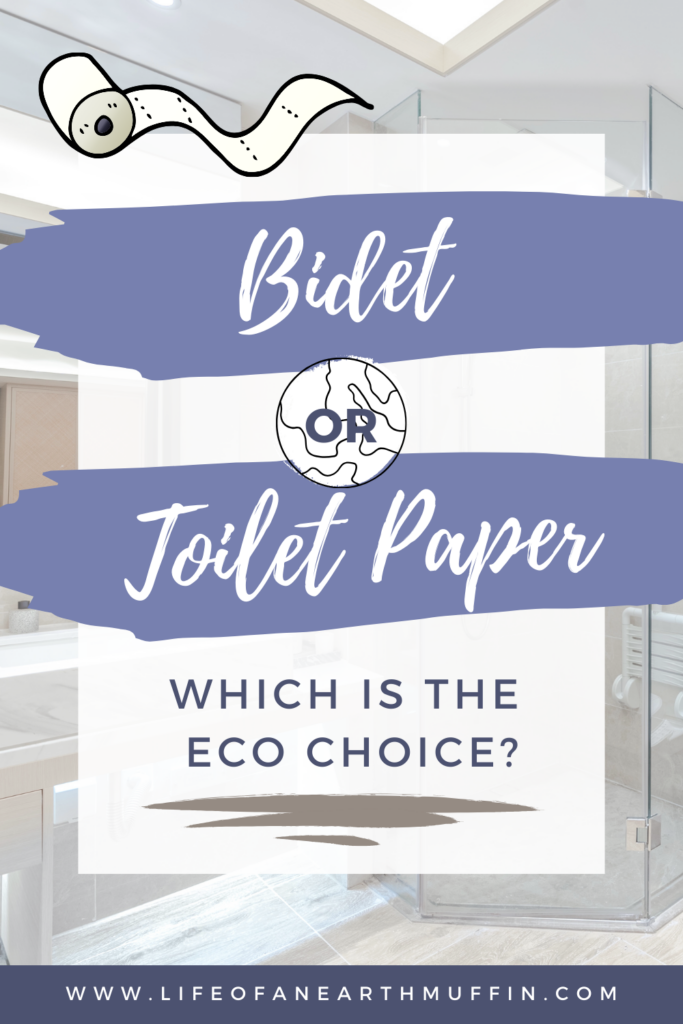The bidet, a fixture traditionally popular in many parts of Europe, Asia, and the Middle East, is gaining traction in other regions, including North America. Known for its hygienic properties, the bidet offers an alternative to traditional toilet paper and is an excellent option if you are trying to make your bathroom more eco-friendly. But, is a bidet truly better than toilet paper? This post will compare the benefits of bidets and toilet paper, considering environmental impact, hygiene, cost, and comfort. Let’s get right into it!

The Downside of Toilet Paper
So, is toilet paper really that bad? While it is an essential aspect of the bathroom, it can be pretty taxing on the planet. Toilet paper production contributes to deforestation, especially when sourced from virgin forests. Even when made from recycled materials, the process still requires significant water and energy. The production of toilet paper involves bleaching and treating with chemicals, which can lead to pollution as well. In addition to the environmental implications, the cost of toilet paper adds up over time. It is estimated that the average American spends over $100 per year on toilet paper alone!
Even with these downfalls, toilet paper does have its benefits. It is universally available and requires no additional fixtures or installation in bathrooms. It’s (obviously) very straightforward to use as well.
What are the Benefits of a Bidet?
Bidets use water to clean, significantly reducing the need for toilet paper. This decreases paper waste and the associated environmental burden of paper production (logging, bleaching, etc.). While bidets do use water, the amount is relatively small compared to the water used in producing toilet paper. A lot of modern bidet and bidet attachments are also designed to be efficient in their water use.
Bidets provide a thorough cleaning with water, which is generally more effective than toilet paper. This can also help reduce the incidence of certain infections and skin irritations. For people with mobility issues, hemorrhoids, etc., a bidet can be the right choice since it minimizes the need to actually physically wipe. Over time, using a bidet results in the need for less toilet paper making it a more cost-effective solution long term.
Other Things to Consider
Installing a bidet involves an upfront cost, which can range from relatively inexpensive for attachments to higher for standalone units. If you aren’t comfortable with making the switch to a bidet or bidet attachment, make conscious decisions about what toilet paper you use. Pick paper that is recycled or opt for bamboo toilet paper instead. There are lots of great brands out there (Who Gives a Crap, Seventh Generation, etc.) that offer more sustainable toilet paper options. If you are trying to be fully zero waste, you could even go for reusable toilet paper that can be washed and reused.
So – Is the Bidet Better?
Comparing all factors, bidets offer substantial benefits over toilet paper. While the initial setup for a bidet can be higher than continuing to buy toilet paper, the investment can improve personal hygiene and significantly reduce your environmental footprint. If a bidet isn’t for you, the better environmental choice is to opt for more sustainable toilet paper options.

For those considering a switch or looking to make their household more eco-friendly, try a bidet attachment (like one of these options!) or switch to more eco-friendly toilet paper! It is a great way to make your bathroom a bit more sustainable. Have you tried a bidet yet??
Love,
Jenna ♥

